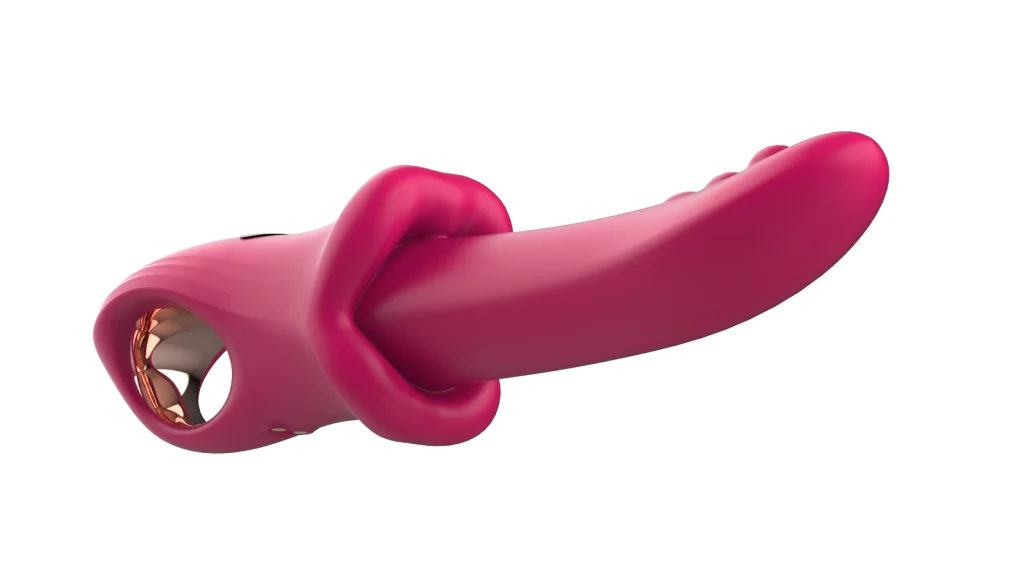![]()
Introduction
The 2025 Canton Fair is set to highlight amazing leaps in robotics. It’ll put a big spotlight on materials that boost how well robotic systems work. Among these, silicone stands out as a game-changer in the robotics world. It brings unique traits that meet the tough needs of today’s robots. This piece digs into why シリコーン part is a must-have in robotics. It also looks at its many uses.
Why Silicone? Key Traits for Robotics
Silicone has risen to fame in robotics thanks to its special mix of heat toughness, bendiness, chemical toughness, and body-friendly nature. These qualities make it perfect for building strong, efficient robot parts.
Heat Toughness
Silicone is famous for its awesome heat toughness. It keeps working well across a huge range of temperatures. This is key for robots in wild places like factories or outer space. Silicone can handle both blazing heat and freezing cold. That keeps robot parts doing their job no matter the conditions.
Bendiness & Stretchiness
One of silicone’s top features is how bendy and stretchy it is. These traits matter a lot in soft robotics. Here, parts need to move like living things or adjust to odd shapes. Silicone’s stretchiness lets it snap back to its original form after bending. That makes it great for lively uses like robot grippers and movers.
Chemical Toughness
In factory settings, robots often face nasty chemicals that can wear down regular materials. Silicone’s chemical toughness means it lasts longer and stays reliable in those spots. It can stand up to oils, solvents, and other harsh stuff without falling apart.
Body-Friendly Nature
For medical robots or gear that touches human tissue, being body-friendly is a must. Silicone is a go-to in medical uses because it’s harmless and works well with living systems. This makes it a top pick for fake limbs, surgery robots, and wearable gadgets.
Uses of Robot Silicone
Silicone’s wide range has sparked its use in all kinds of robotic jobs. Each one taps into its special traits.
Soft Robotics & Grippers
Soft robotics is a fresh take on automation. It focuses on making robots that bend and adapt. Silicone is a star here. It gives the softness and bendiness needed for grippers that grab fragile things without breaking them. These grippers shine in places like food prep and healthcare.
Seals & Protective Layers
In robotics, seals keep dust, water, or other junk out of delicate parts. Silicone’s toughness and resistance to outside forces make it a solid choice for seals and protective layers. These perks keep robotic systems going strong even in rough spots.
Sensor Blend
Sensors are a big deal for today’s robots. They help them sense their surroundings and make smart calls. Silicone often wraps sensors because of its shielding traits. It guards them from bumps and outside factors while keeping them sharp.
Heat Control
Good heat control is crucial for high-powered robots. Think ones with strong processors or motors that heat up when running. Silicone-based heat-spreading materials are popular for shedding heat well. These materials boost how long electronic parts last and work by stopping overheating.
Silicone’s standout traits have made it a vital piece in robotics’ growth. Its fit for all sorts of uses shows why it’s key in pushing robotic tech forward at events like the Canton Fair 2025.
New Twists in Robot Silicone
Medical Robotics
Using robot silicone in medical robotics has flipped healthcare on its head. Its body-friendly nature is a big deal. It lets silicone work in devices that touch human tissue directly. This is huge for surgery robots, fake limbs, and wearable health gear. Surgery robots with silicone parts can do tricky tasks with precision. They cut down on tissue harm too. Plus, silicone-based fake limbs feel comfier and move more like real ones.
Wearable health gadgets get a big lift from silicone’s traits too. Take flexible sensors that track heartbeats or blood pressure. They’re tough and cozy for long wear. Patients stick with them better. Silicone’s chemical toughness also keeps these devices working even around body fluids or cleaners.
Space Exploration
In space exploration, crazy conditions call for materials that can take a beating. Silicone proves its worth here with its killer heat toughness and radiation resistance. Space mission robots deal with wild temperature swings—blazing sun to icy shadows. Silicone holds steady across that range. It keeps robotic systems trustworthy in those tough spots.
Silicone also seals and insulates in spacecraft and rovers. These seals block dust and bits that could mess up sensitive gear. Plus, silicone coatings shield electronics from radiation harm. That stretches their life on long missions.
Consumer Robotics
The consumer robotics world has jumped ahead thanks to new spins on robot silicone. A big use is in human-like robots for help or fun. Silicone’s bendiness and stretchiness make lifelike skin for these robots. It ups their look and makes chats feel more normal.
Beyond looks, silicone helps consumer robots work better. It’s used in touch sensors. These let robots feel pressure and touch. They can pick up delicate stuff or hang out with people safely. Silicone’s toughness and chemical resistance mean these robots keep running well without constant fixes.
CASINDA’s Role in Robot Silicone
![]()
カシンダ has stepped up as a big player in pushing robot silicone tech forward. They spark new ideas across all kinds of uses. The company focuses on crafting high-performing silicone tuned for specific robot needs. For example, CASINDA makes silicone blends with better heat flow. These are perfect for heat control in high-powered robots.
Another big win from CASINDA is their body-friendly silicones for medical robotics. These meet tough rules while shining in surgery tools and fake limbs. CASINDA’s skills also cover tough silicones with great chemical resistance. That’s a fit for factory robots in harsh spots. And CASINDA provides ODM {{url_placeholder_0}}サービス for customers’s need. You can ask for any part you want for robots.
Plus, CASINDA pours a ton into research and development. They’re chasing new edges in robot silicone tech. Their current work includes self-fixing silicones. These can patch up small dings on their own. That ups the life and trustiness of robot parts.
By stretching what robot silicone can do, CASINDA keeps shaping robotics’ future across tons of fields. Their new ideas don’t just make current robotic systems better. They also open doors to uses that seemed out of reach before. You can contact us if you have any needs!
よくある質問
Q: What are the key advantages of using silicone in robotics?
A: Precision: Silicone’s flexibility and low friction enable precise movements in joints and actuators.Durability: Resists wear, UV exposure, and extreme temperatures (-50°C to 300°C), extending operational lifespan.Chemical Resistance: Withstands oils, solvents, and cleaning agents, ideal for industrial and medical robots.
Q: How to select the right silicone material for robotic applications?
A: Type: Liquid silicone rubber (LSR) for high-precision molding; food-grade silicone for medical or edible-contact robots.Hardness: Shore A 10–80 for balance between flexibility and structural support.Certifications: Ensure compliance with FDA (food-safe) or ISO standards for specific use cases.






